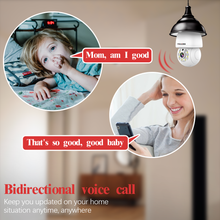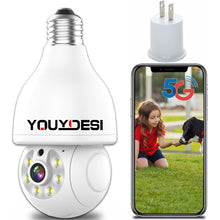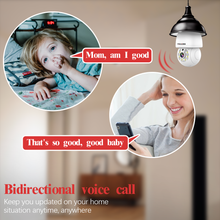To construct a home security monitoring system, your initial step is to carefully choose the surveillance cameras. These cameras can be categorized into two main types: cloud cameras that exclusively work with the manufacturer's cloud services, and IP cameras that support the Onvif/RTSP protocols. Cloud cameras require an app-based connection to the manufacturer's servers and often rely on cloud storage or memory cards. For enhanced reliability, opt for reputable brands, especially when considering light bulb cameras, wireless cameras, and security cameras.
2. Setting Up a Home Server:
If you've gone with IP cameras, you'll need to establish a personal server. The process of setting up this server is quite straightforward and can be done using a retired laptop or by purchasing a small dedicated server. It's worth noting that both Windows and Linux systems are suitable for this purpose.
3. Creating a Virtual Local Area Network (VLAN):
To facilitate remote monitoring, I recommend creating a virtual local area network (VLAN). Utilize software like ZeroTier or Tailscale to set up a VLAN. This approach allows you to access your home network remotely using your smartphone, giving you the flexibility to check your surveillance feeds from virtually anywhere.
4. Obtaining RTSP Streaming Addresses for IP Cameras:
Different IP cameras employ various methods for network connectivity. Wired cameras can often be easily configured, while most wireless models typically require the use of official software for setup.
5. Non-Invasive Camera Installation:
In cases where you want to avoid drilling holes for camera installation, such as in a rented space, I recommend purchasing non-invasive mounting brackets. These brackets can be securely affixed to tiled walls. However, it's essential to ensure a strong bond to prevent any accidental camera falls that could potentially damage the equipment. For home installations, opting for expansion screws provides added stability, especially for wireless cameras.
6. Connecting IP Cameras to the Server:
Once you have acquired the RTSP addresses for your IP cameras, you can integrate them into software like iSpy or ZoneMinder. This integration enables you to view surveillance footage conveniently via a web interface. Thanks to the virtual LAN you've established, you can remotely access your surveillance feeds even while away from home.
7. Additional Security Sensors:
Beyond cameras, contemporary home security solutions offer a multitude of supplementary options. These include motion sensors and door/window contact sensors to enhance security. Cameras can then be used to verify the situation. While camera-based motion detection may sometimes result in false alarms, combining this with infrared sensors significantly reduces the risk of unwarranted alerts.










